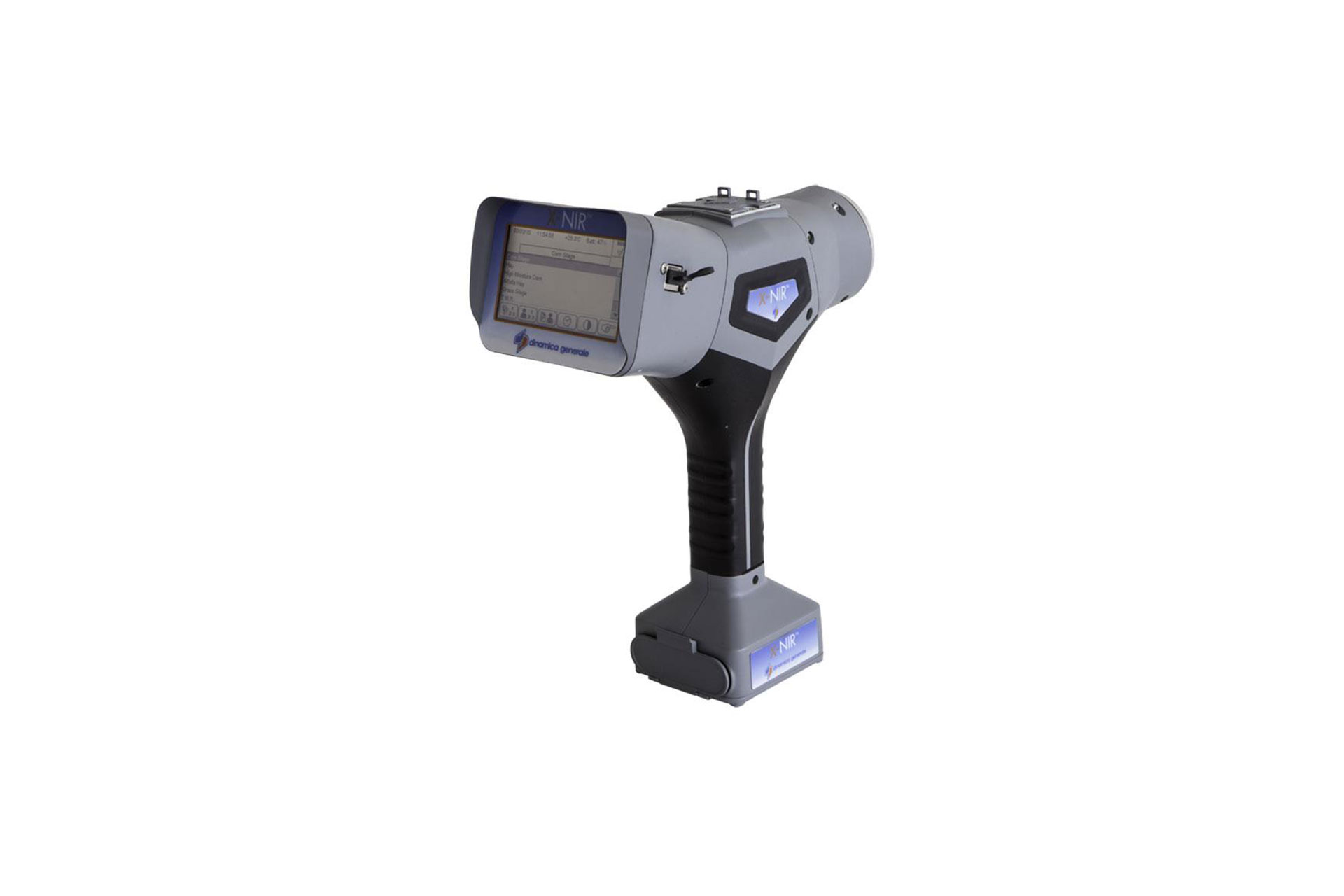X-Nir on show at Maize Growers Association
We will be at the Maize Growers Association on the 23rd February showcasing our X-NIR™ hand held portable analyser. We shall discussing the benefits of the device and how you can increase the number of analysis carried out with no extra cost. To find out more please visit : https://greenforage.co.uk/xnir-portable-nir-analyzer/



